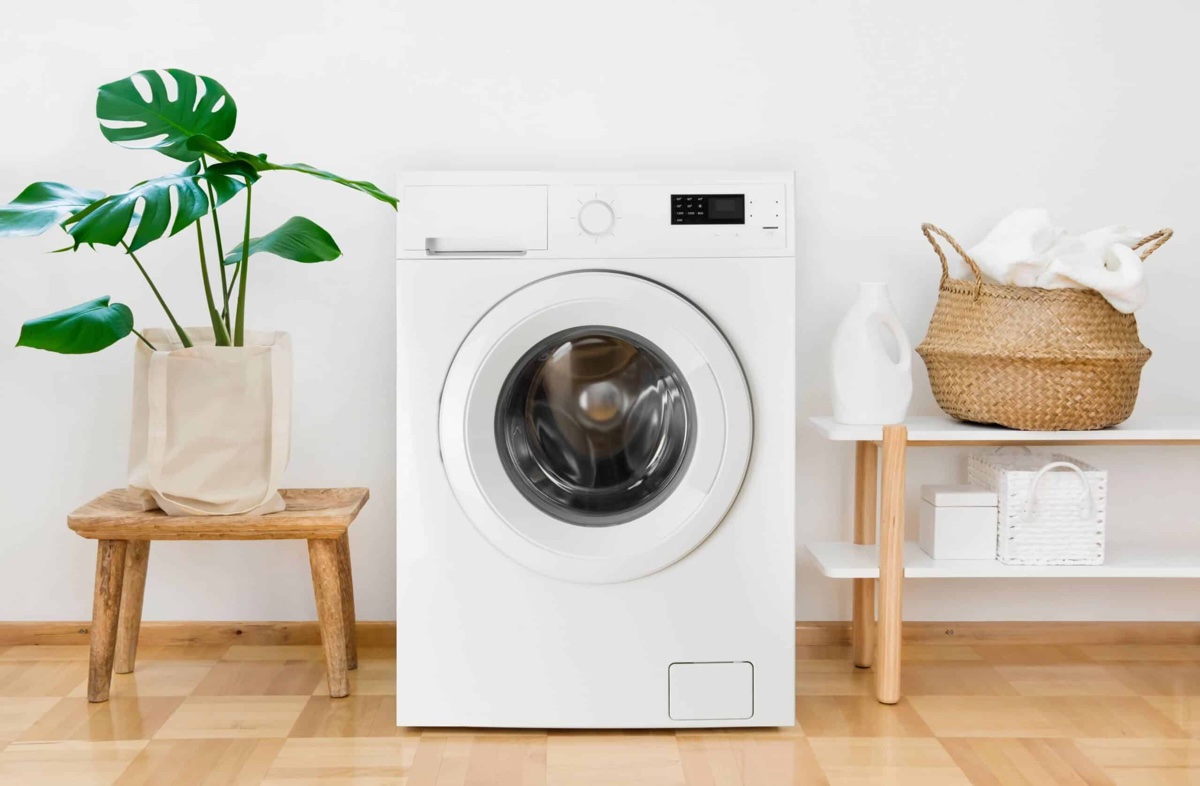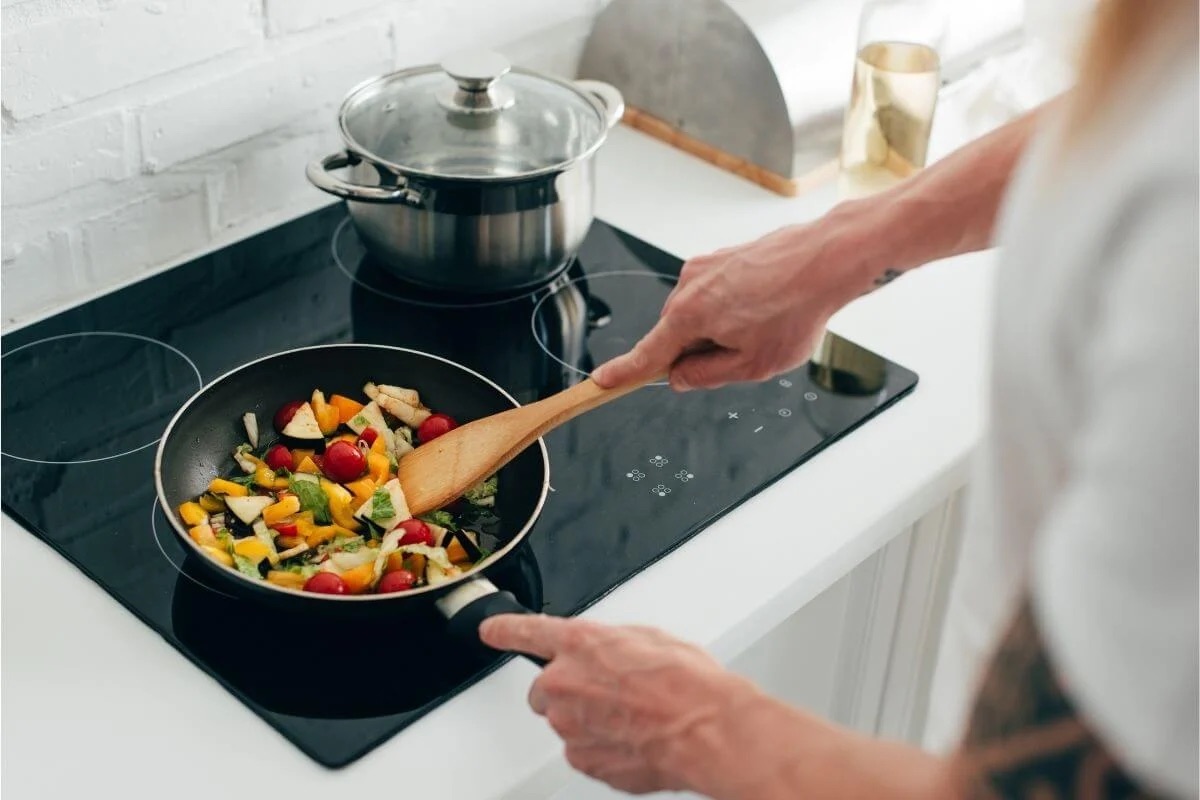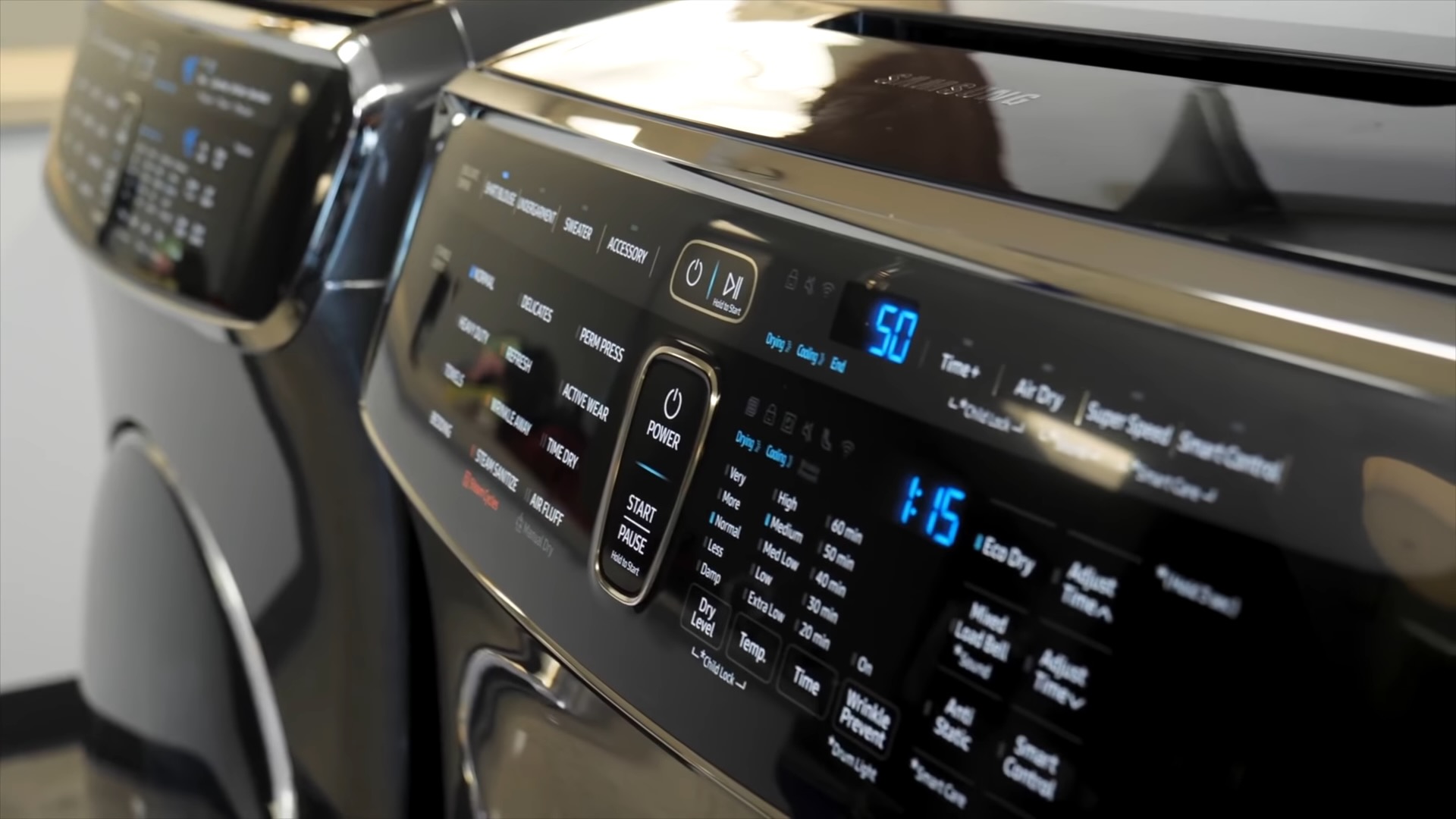

Articles
How Many Amps Does A Ice Maker Use
Modified: August 19, 2024
Discover the average amps used by an ice maker in this informative article. Learn about the power consumption and electrical requirements for your ice maker.
(Many of the links in this article redirect to a specific reviewed product. Your purchase of these products through affiliate links helps to generate commission for Storables.com, at no extra cost. Learn more)
Introduction
An ice maker is a convenient appliance found in many households and commercial establishments. Whether you’re hosting a party or running a restaurant, having a steady supply of ice is essential. However, have you ever wondered how many amps an ice maker uses? Understanding the electrical requirements of an ice maker is crucial for proper installation, usage, and energy efficiency.
In this article, we will delve into the world of ice makers and explore the factors that influence amp usage. We’ll also discuss the average amp usage of different types of ice makers and provide some tips for reducing the amp usage of your ice maker. So, if you’re curious about the electrical demands of your ice maker, strap in and let’s get started!
Key Takeaways:
- Understanding the electrical requirements of your ice maker, such as voltage, water supply, and drainage, is crucial for smooth operation and energy efficiency. Always consult the manufacturer’s manual for proper installation.
- Factors like ice maker size, production rate, and energy-saving features can influence amp usage. By implementing tips like maintaining temperature, adjusting ice production settings, and using energy-saving features, you can reduce amp usage without compromising ice production.
Read more: How Many Amps Does An HVAC Use
Understanding the electrical requirements of an ice maker
Before we dive into the details of amp usage, let’s first understand the electrical requirements of an ice maker. Most residential ice makers are designed to run on standard household electrical circuits, typically operating at 115 volts. Commercial ice makers, on the other hand, may have higher voltage requirements.
Ice makers typically have a dedicated electrical circuit in order to prevent overloading and ensure optimal performance. This means that other appliances or devices shouldn’t be connected to the same circuit as the ice maker. Additionally, it’s important to check the circuit capacity to ensure it can handle the electrical load of the ice maker.
Ice makers also require a water supply for the ice-making process. This water supply should be accessible and connected to the ice maker. The ice maker will have a valve that controls the flow of water into the machine. It’s crucial to ensure that the water supply is properly connected and free from any leaks.
Furthermore, it’s recommended to have a dedicated drain line for the ice maker. This allows any excess water or melting ice to be efficiently drained out, preventing any water damage or flooding. The drain line should be properly installed and connected to a floor drain or a separate drain line to ensure proper drainage.
Understanding these essential electrical and plumbing requirements will help ensure that your ice maker operates smoothly and efficiently. It’s always a good idea to consult the manufacturer’s manual or seek professional assistance for the installation process to ensure everything is done correctly.
Factors that affect the amp usage of an ice maker
The amp usage of an ice maker can vary depending on several factors. Let’s explore some of the key factors that can affect the amp usage of an ice maker:
- Ice maker size and capacity: The size and capacity of an ice maker can impact its amp usage. Generally, larger ice makers with higher production capacities will require more power to operate, resulting in higher amp usage.
- Ice production rate: The rate at which an ice maker produces ice can also affect its amp usage. Ice makers with faster production rates may draw more power to keep up with the demand, resulting in higher amp usage.
- Ice maker type: Different types of ice makers have varying power requirements. For example, built-in ice makers that are installed directly into a kitchen cabinet or under-counter ice makers may have different amp usage compared to portable or countertop ice makers.
- Energy-saving features: Some ice makers are equipped with energy-saving features, such as insulated storage bins and efficient cooling systems. These features can help reduce amp usage by minimizing heat transfer and optimizing energy usage.
- Climate conditions: The ambient temperature and humidity in the surrounding environment can impact the amp usage of an ice maker. Ice makers may need to work harder and draw more power to produce ice in hot and humid conditions, resulting in increased amp usage.
- Usage patterns and maintenance: The frequency of ice production and the maintenance of the ice maker can also affect its amp usage. Regular cleaning, proper maintenance, and following manufacturer guidelines can help ensure optimal performance and energy efficiency.
It’s important to note that these factors can vary between different ice maker models and manufacturers. Therefore, it’s advisable to refer to the specific product specifications and guidelines provided by the manufacturer to understand the amp usage of your ice maker accurately.
By considering these factors, you can get a better understanding of the amp usage of your ice maker and make informed decisions on its usage, maintenance, and energy efficiency.
When determining the amps used by an ice maker, check the manufacturer’s specifications or label on the appliance. Typically, a residential ice maker will use around 2-3 amps during operation.
Average amp usage of common types of ice makers
When it comes to ice maker amp usage, different types of ice makers have varying power requirements. Here are the average amp usages for common types of ice makers:
- Built-in ice makers: Built-in ice makers are typically installed directly into a kitchen cabinet. They are designed to produce a large quantity of ice and are often found in commercial settings. On average, built-in ice makers may draw around 6 to 10 amps of power.
- Under-counter ice makers: Under-counter ice makers are compact and designed to fit seamlessly under a kitchen counter or bar area. These ice makers are commonly used in residential kitchens and small commercial establishments. The average amp usage for under-counter ice makers ranges from 3 to 5 amps.
- Countertop ice makers: Countertop ice makers are portable and convenient appliances suitable for small-scale ice production. They are popular in residential kitchens, offices, and small gatherings. Countertop ice makers generally have lower power requirements, averaging around 2 to 3 amps.
- Portable ice makers: Portable ice makers are versatile and can be used in various settings, including RVs, camping trips, and outdoor events. These ice makers are designed for mobility and have low power requirements. The average amp usage for portable ice makers is typically around 1 to 2 amps.
It’s important to note that these values are general averages, and the actual amp usage may vary depending on the specific make, model, and features of the ice maker. Additionally, it’s worth considering that ice makers may have different power requirements during the ice-making cycle versus the idle or standby mode.
Consulting the manufacturer’s specifications or the product manual will provide you with accurate information regarding the amp usage of your specific ice maker. Understanding the amp requirements will not only help you choose the appropriate electrical circuit for your ice maker but also optimize its energy consumption.
Now that we have a better understanding of the amp usage of different types of ice makers, let’s explore some tips for reducing the amp usage of your ice maker without compromising on ice production.
Tips for reducing the amp usage of an ice maker
Reducing the amp usage of your ice maker can help optimize energy efficiency and potentially lower your electricity bills. Here are some tips to consider:
- Maintain temperature and airflow: Ensure that the area around your ice maker, including the vents and condenser coils, is free from obstructions. This allows for proper airflow and helps the ice maker function efficiently, reducing the need for additional power.
- Keep the ice maker clean: Regularly clean the ice maker and remove any built-up ice or debris from the ice tray and storage bin. This helps improve ice production, reducing the time and energy required to make ice.
- Adjust the ice production setting: Many ice makers have adjustable ice production settings. Lowering the ice production rate can help reduce the amp usage of the ice maker. Consider adjusting the setting based on your ice needs to avoid excessive energy consumption.
- Optimize water temperature: Cold water helps ice forms faster, reducing the overall ice-making cycle. Ensure that the water supply to your ice maker is at an optimal temperature to improve efficiency and potentially decrease amp usage.
- Use energy-saving features: Some ice makers are equipped with energy-saving features, such as timers or smart sensors that reduce power consumption during periods of low ice demand. Utilize these features to minimize amp usage and optimize energy efficiency.
- Keep the ice maker insulated: Insulating your ice maker’s storage bin with appropriate materials can help retain the ice’s temperature and reduce the frequency of ice-making cycles. This, in turn, can help lower the overall amp usage of the ice maker.
- Consider ice storage options: If you have excess ice, consider using alternative storage options such as coolers or insulated bags. This allows you to minimize the runtime of the ice maker and reduce overall amp usage when ice demand is low.
Implementing these tips can help reduce the amp usage of your ice maker while still providing you with an ample supply of ice. Remember to refer to the manufacturer’s specific guidelines and recommendations for your ice maker model.
By incorporating these energy-saving practices, you can not only contribute to a greener environment but also potentially save on energy costs in the long run.
Read more: How Many Amps Does Alexa Use
Conclusion
An ice maker is a convenient appliance that provides a steady supply of ice for various purposes. Understanding the electrical requirements of an ice maker is essential for proper installation, usage, and energy efficiency.
In this article, we explored the factors that affect the amp usage of an ice maker, including size, production rate, type, energy-saving features, climate conditions, and usage patterns. We also discussed the average amp usage of common types of ice makers and provided tips for reducing amp usage without compromising ice production.
By considering these factors and implementing energy-saving practices, such as maintaining temperature and airflow, keeping the ice maker clean, adjusting ice production settings, optimizing water temperature, and using energy-saving features, you can help reduce the amp usage of your ice maker and enhance energy efficiency.
Remember to consult the manufacturer’s specifications and guidelines for your specific ice maker model to ensure accurate information and proper usage. Proper installation, regular maintenance, and following recommended practices will help you maximize the lifespan of your ice maker while minimizing energy consumption.
So, whether you’re hosting a party, running a restaurant, or enjoying a cool drink at home, understanding the amp usage of your ice maker and adopting energy-saving measures will not only benefit your wallet but also contribute to a more sustainable future.
Now, go ahead and enjoy the convenience of your ice maker while being mindful of energy efficiency!
Frequently Asked Questions about How Many Amps Does A Ice Maker Use
Was this page helpful?
At Storables.com, we guarantee accurate and reliable information. Our content, validated by Expert Board Contributors, is crafted following stringent Editorial Policies. We're committed to providing you with well-researched, expert-backed insights for all your informational needs.















0 thoughts on “How Many Amps Does A Ice Maker Use”